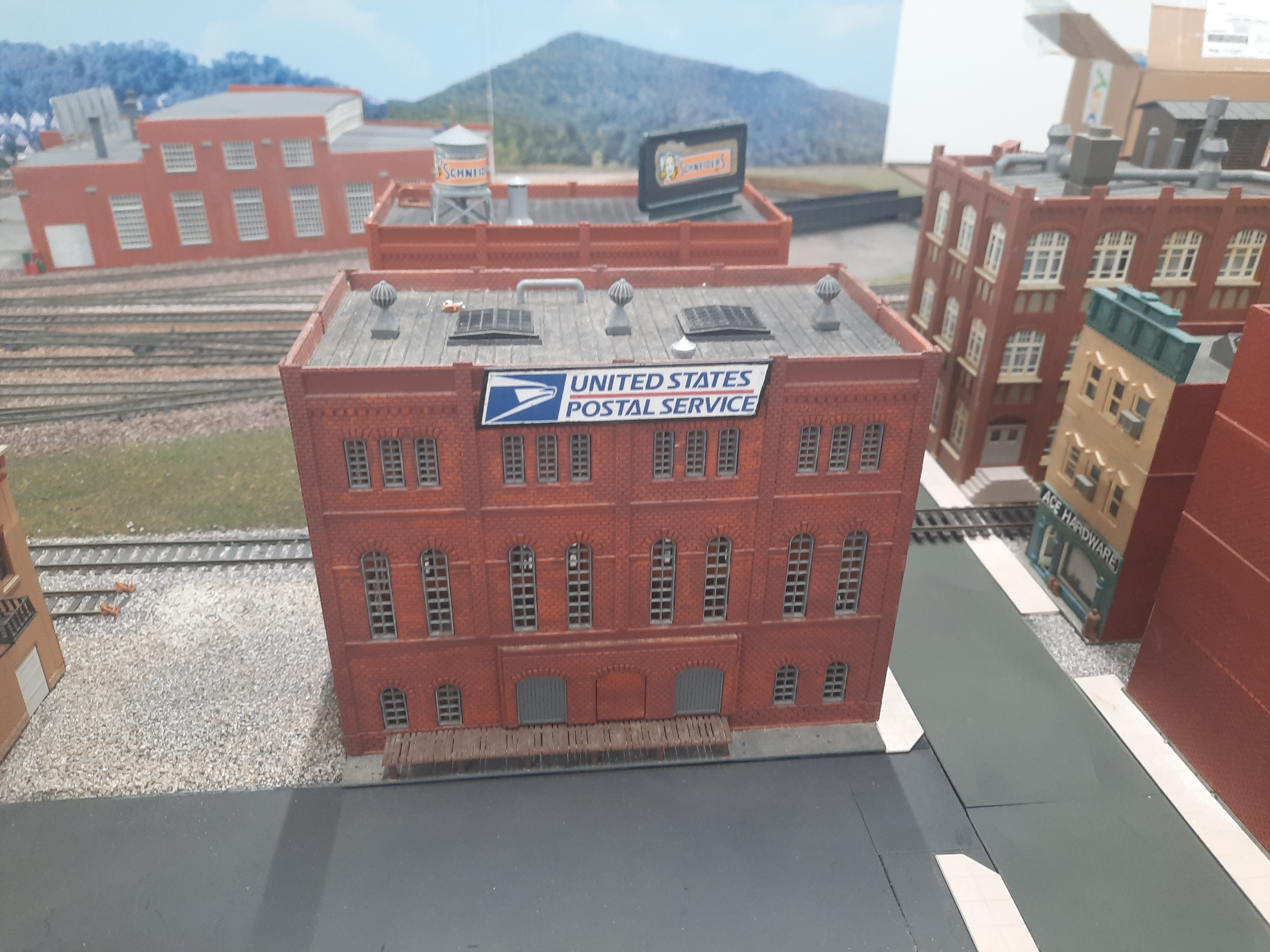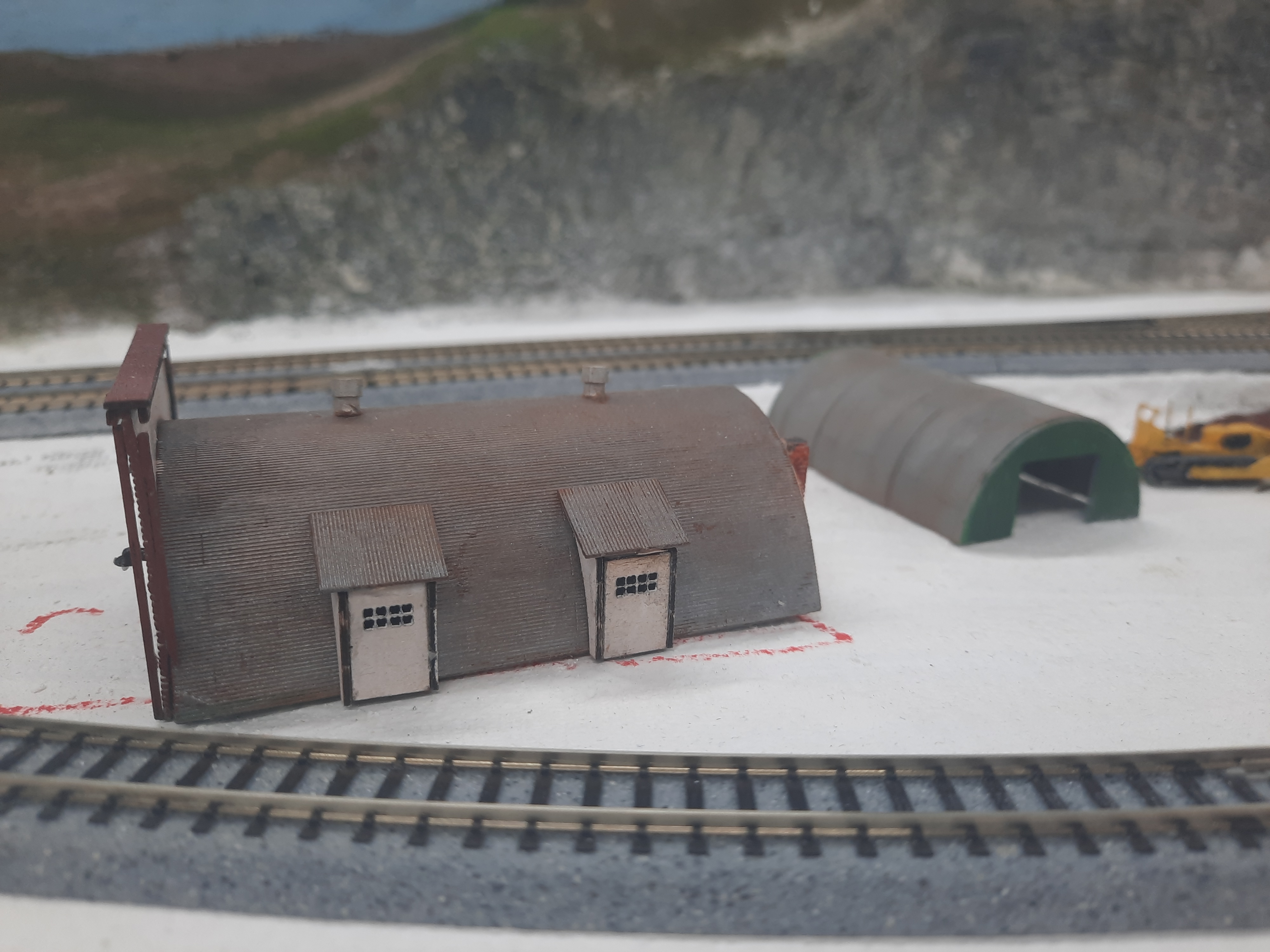Article 1: Weathering Buildings on Your Model Railroad
Model railroading is a timeless hobby that offers enthusiasts a chance to escape into the realms of creativity, imagination, and nostalgia. Every layout tells a story, capturing the essence of a bygone era, a bustling industrial scene, or a quaint countryside village. Yet, while the trains themselves often steal the spotlight, the structures that populate your model railroad layout play a vital role in bringing your miniature world to life. These tiny buildings are more than just static props; they are a window into history, a reflection of human activity, and a canvas for storytelling. To truly capture the essence of a well-worn, lived-in environment, we delve into the art of weathering buildings on your model railroad.
Building weathering is the craft of enhancing the authenticity of your structures by simulating the effects of time, weather, and human activity. It breathes life into the scenes you create, transforming pristine, out-of-the-box structures into compelling, lifelike edifices that seem to whisper stories of the past. In this article, we embark on a journey through the world of building weathering, exploring the importance of this technique and equipping you with the tools, materials, and techniques to master it.
Understanding the intricacies of building weathering allows you to not only increase the visual appeal of your miniature world but also breathe life into your model railroad layout. These weathered structures act as time capsules, preserving the history of your imagined world and providing a canvas for your creativity to shine. So, let's embark on this journey together, uncovering the secrets of building weathering to take your model railroad to the next level.

1. Introduction to Building Weathering
Model railroads provide enthusiasts with a canvas for creativity and imagination, allowing them to craft miniature worlds that captivate the eye and tell a story. One crucial element in creating a realistic and immersive railroad scene is building weathering. Weathering involves enhancing the authenticity of structures by simulating the wear and tear that naturally occurs over time. In this article, we will explore the importance of weathering, the tools and materials required, and techniques for weathering various building types.
Understanding the Importance of Weathering
When it comes to model railroads, weathering is the key to adding a touch of realism to your miniature world. By simulating the effects of time, weather, and human activity, you can transform bland, out-of-the-box buildings into compelling, lifelike structures that seamlessly blend with your layout. Weathering not only increases the visual appeal but also tells a story about the history and purpose of these structures.
Tools and Materials for Building Weathering
Before diving into the weathering process, you'll need to gather the necessary tools and materials. These include:
Brushes: A variety of brushes, from broad to fine, are essential for applying weathering effects.
Paints: Acrylic paints in earthy tones, rust, and mossy greens are ideal for creating realistic weathering.
Weathering Powders: Special powders can simulate dirt, rust, and other weathering effects.
Sponges: Used for dabbing and stippling paint to create texture.
Sandpaper: For distressing and aging surfaces.
Masking Tape: To protect areas you want to keep pristine.
Airbrush (optional): For creating subtle, gradient effects.
2. Preparing Your Structures
Before you start weathering, your structures need proper preparation.
Cleaning and Priming
Clean your model buildings thoroughly to remove any dust or residue. Next, apply a primer to help the paint adhere better and provide a consistent surface for weathering effects.
Safety Precautions
When working with paints and weathering powders, it's important to wear protective gear, such as gloves and a mask, to avoid inhaling fumes or particles.
3. Techniques for Weathering Building Structures
Aged and Faded Paint
To achieve the appearance of aged and faded paint, you can dry brush or sponge on layers of light, earthy colors. Work in layers, gradually building up the effect, and pay attention to areas where natural wear and tear would occur.
Rust and Corrosion
Rust is a common sight on aged structures. Apply rust-colored paint with an airbrush or sponge to create realistic corrosion. Adding small specks of rust around bolts, hinges, and seams can make your buildings look even more authentic.
Moss, Mold, and Grime
Simulate the effects of moisture and neglect by using mossy green and grayish-black paints. Applying these around the base of buildings and in shaded areas can give the appearance of mold and grime, contributing to the illusion of age.
Adding Realism to Windows and Doors
Don't forget to weather windows and doors. Create a weathered wood effect by applying subtle colors and fine lines with a fine brush, mimicking the effects of sun, rain, and aging.

4. Weathering Specific Building Types
Different building types require unique weathering approaches:
Residential Structures
For homes, consider fading paint, moss near the roof, and weathered wood around windows and doors. Use subtle colors to maintain a homely appearance.
Industrial Buildings
Industrial buildings often suffer from heavy corrosion and grime. Go heavy on rust and weathering powders to create the grimy, neglected look.
Barns and Farmhouses
These structures may have moss, chipped paint, and dirt along the base. Focus on creating a rustic, countryside atmosphere.
5. Final Touches and Sealing
Once you're satisfied with the weathering effects, seal your work with a clear matte varnish. This not only protects your model but also helps integrate the weathering into the structure.
Protecting Your Weathering Work
Transporting and handling your model carefully is essential to preserve your hard work. Use a display case or keep your layout in a controlled environment to avoid dust and damage.
Showcasing Your Weathered Buildings
Weathering your model buildings can elevate your railroad layout from a simple display to a captivating, storytelling world. By following these techniques and guidelines, you can achieve impressive levels of realism, turning your model railroad into a work of art that tells its own unique story. So, let your creativity flow and start weathering those buildings to bring your miniature world to life.
Resources:
Recent Posts
-
Prototype Spotlight: GE ES44AC — Modeling a Modern Freight Workhorse
Prototype Spotlight: GE ES44AC — Modeling a Modern Freight Workhorse Published 2025-09-29• 8–10 min
-
How to Build a Realistic Freight Yard: Flow, Trackwork, and Car Management
How to Build a Realistic Freight Yard: Flow, Trackwork, and Car Management Published 2025-09-25 • 8
-
Scenery Basics: From Foam to Foliage — A Quick, Budget-Friendly Guide | Midwest Model Railroad
Modeling Tutorial Scenery Basics: From Foam to Foliage Published 2025-09-23 · 7–9 minute read Li




